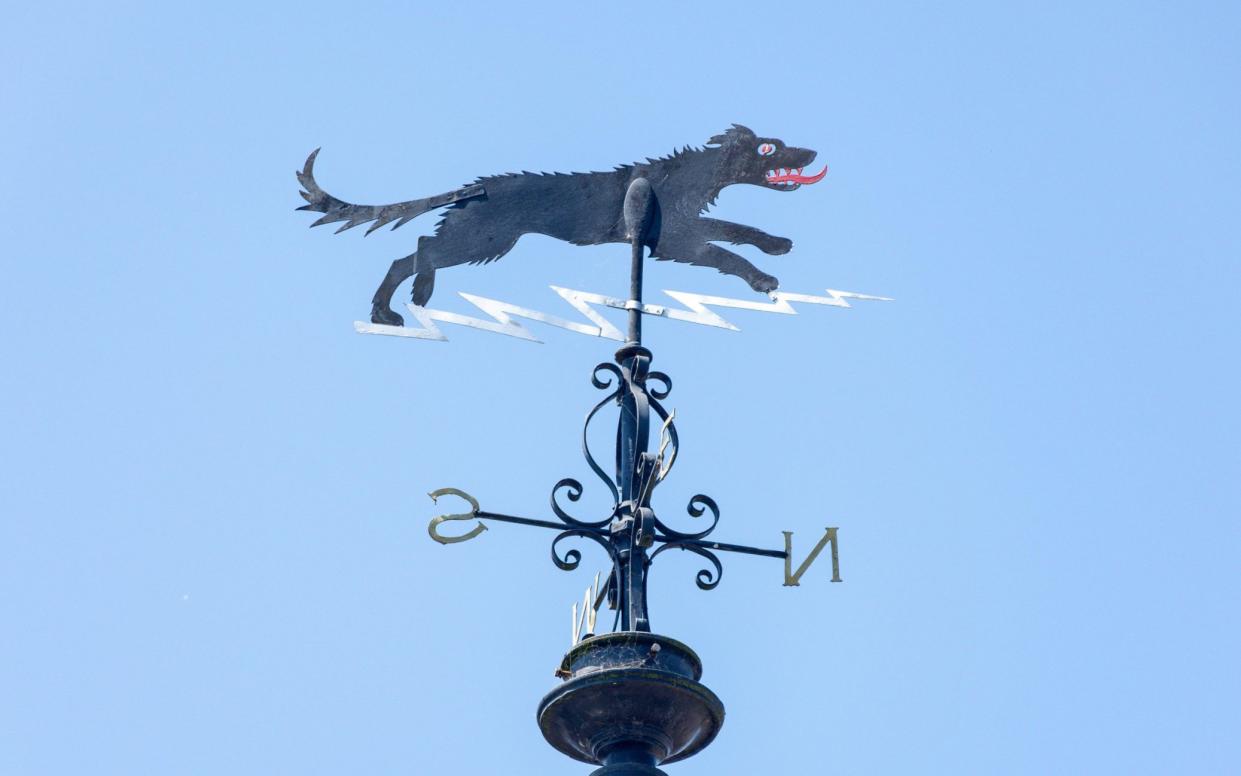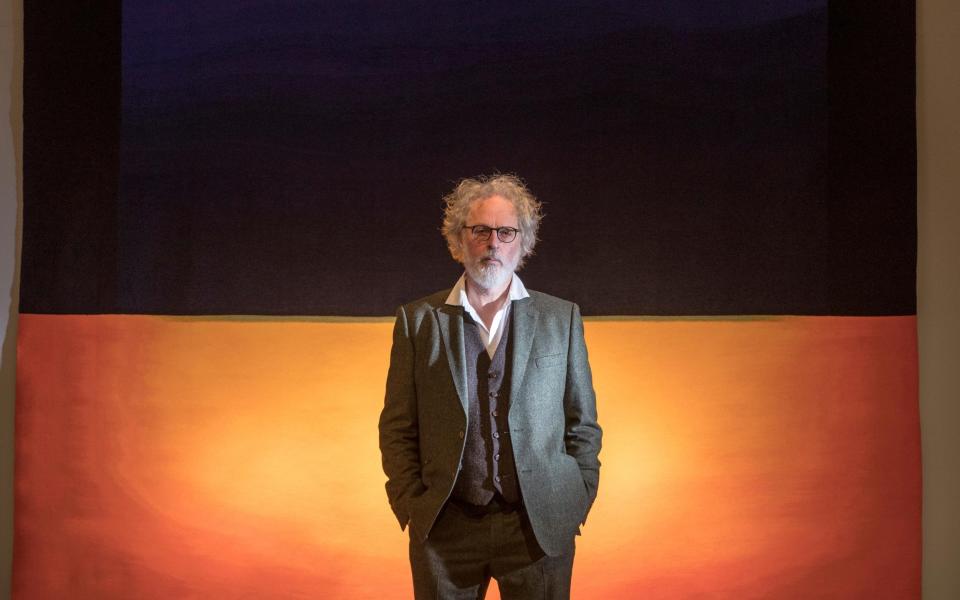Forget Santa – there are plenty of British myths and legends to indulge in over Christmas

- Oops!Something went wrong.Please try again later.
- Oops!Something went wrong.Please try again later.
In these darkest days of the year, it’s easy to feel a little on edge, even a little spooked by days when the sun never really seems to rise. The shops may be festooned with tinsel and bright colours, but perhaps there’s a reason we do our best to fill this time of year with so much light and noise: because, if we let ourselves sink fully into an abundance of darkness and quiet, we might find ourselves haunted by what lurks there.
On the other hand, we might find in the gloom another, more enriching, way of looking at this time of year. Mythical Creatures (Mon-Fri, Radio 4) is a series that gives exactly this opportunity. As a gaze into the darker side of the British psyche, the series is a deep and complex palate-cleanser amid all the pomp of Christmas. Presented with an inspiring zest for magic by fantasy writer Rhianna Pratchett, and produced with verve and vivid imagination by Lorna Skingley and Sarah Harrison, each episode focuses on a different legendary creature that is said to inhabit some of the darker corners of the British Isles.
And so, in episode one, we were in Suffolk, on the trail of the huge black dog said to haunt the fens. Black Shuck is one name given to the legend of the enormous, shaggy and malevolent perversion of the canine more commonly thought of as man’s best friend; the legend also takes the form of the Grim, a black dog specifically said to haunt churchyards. Pratchett headed to Bungay in Suffolk, where she heard from storytellers and folklorists about metaphorical interpretations of the black dog as an omen of death to be resisted and defied. We heard about the modern connection, too, made most famous by Winston Churchill, between the black dog and symptoms of depression.
Rhianna Pratchett is the daughter of the late Terry Pratchett, himself very much a legendary creature of British fantasy writing, both during his lifetime and since his death in 2015. Rhianna mentions her father often in the series. In episode two, for instance, which is all about dragons, she mentions how Terry received a gift of a toy dragon when he was knighted, so that he would have something to fight. As a result, the whole series feels steeped in heritage: Rhianna’s own familial links to storytelling and fantasy, but also, more broadly, the literary and mythical heritage of British folklore and storytelling at large.
She hears the myths and legends from the mouths of local storytellers throughout the country, including the Scottish Borders, Northern Ireland, Shetland, the North York Moors and Welsh mountains, building a sense of these islands as spilling over with magical literary treasures. In particular, I loved how the series ties the magical tales into real human experiences, connecting them with personal hardships and tragedies, so that the folklore tradition becomes a holistic means of understanding some of the darkest times in life.
The series continues over the next two weeks, and it’s the most perfectly mystical, spooky treat for the shortest days of the year: a welcome retreat from the noise of the season, without slipping too far into the dark.

A Dyeing Wish (Wednesday, Radio 4) is another piece of non-Christmassy radio that took me under its spell this week. This gorgeous and thought-provoking documentary from producer Beaty Rubens considers whether we can move away from our international industrial dependence on modern toxic chemical dyes in products, and instead come to rely on the ancient natural dyes that our ancestors used once more. The project is inspired by the visionary fine-art photographer Garry Fabian Miller, who is, very sadly, now suffering from bladder cancer after lifelong exposure to the toxic photographic darkroom chemicals used in his work.
The processes used to make and apply toxic chemical dyes in a huge variety of circumstances can have devastating personal and environmental consequences. And so Miller’s forward-thinking project, Three Acres of Colour, situated on a farm in Wiltshire, is to try to turn the global obsession with harmful chemical dyes around. The farm is aiming to grow, on an industrial scale, the plants used to make natural dyes using traditional methods to produce the three primary colours: woad, weld and madder, to make blue, yellow and red.
The ongoing process of plant cultivation and dye production is documented with aching, tender beauty by Rubens, with soaring music by Emily Levy that draws on the songs of the larks that thrive naturally in the fields where the dye plants grow.
Dying and dyeing at the same time, this was a deeply hopeful and moving piece, with sounds that made me see colours in an entirely new way.

